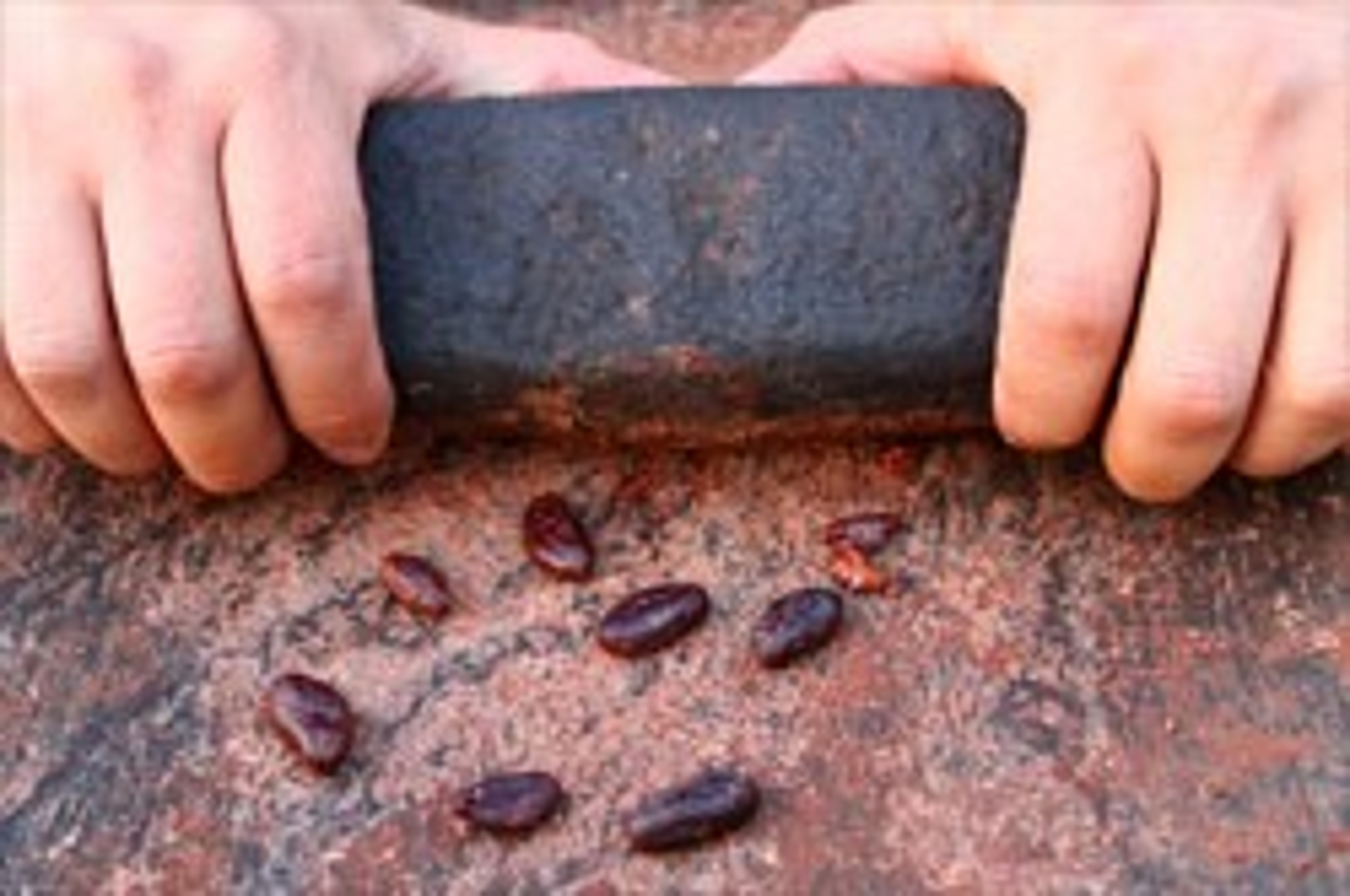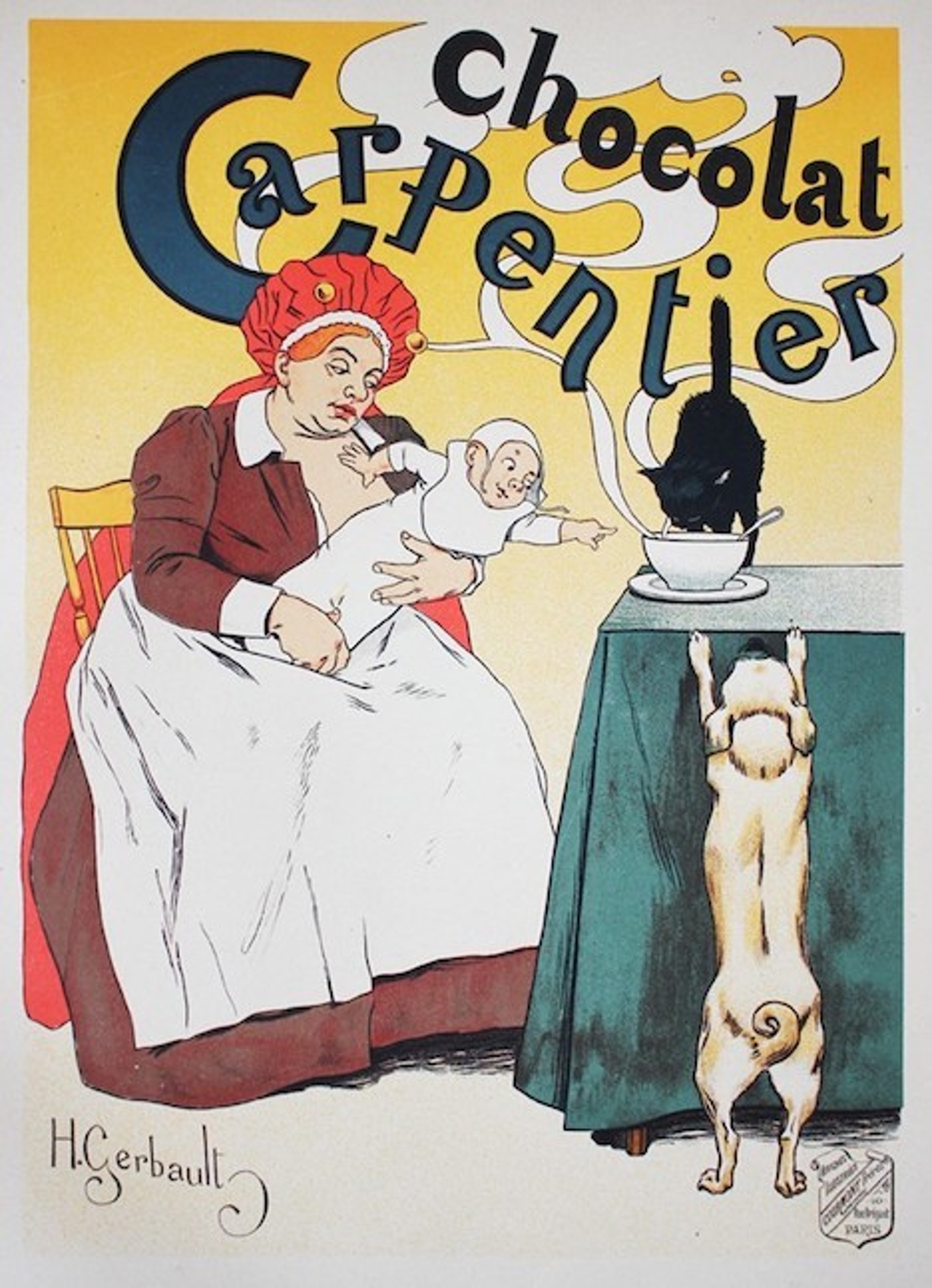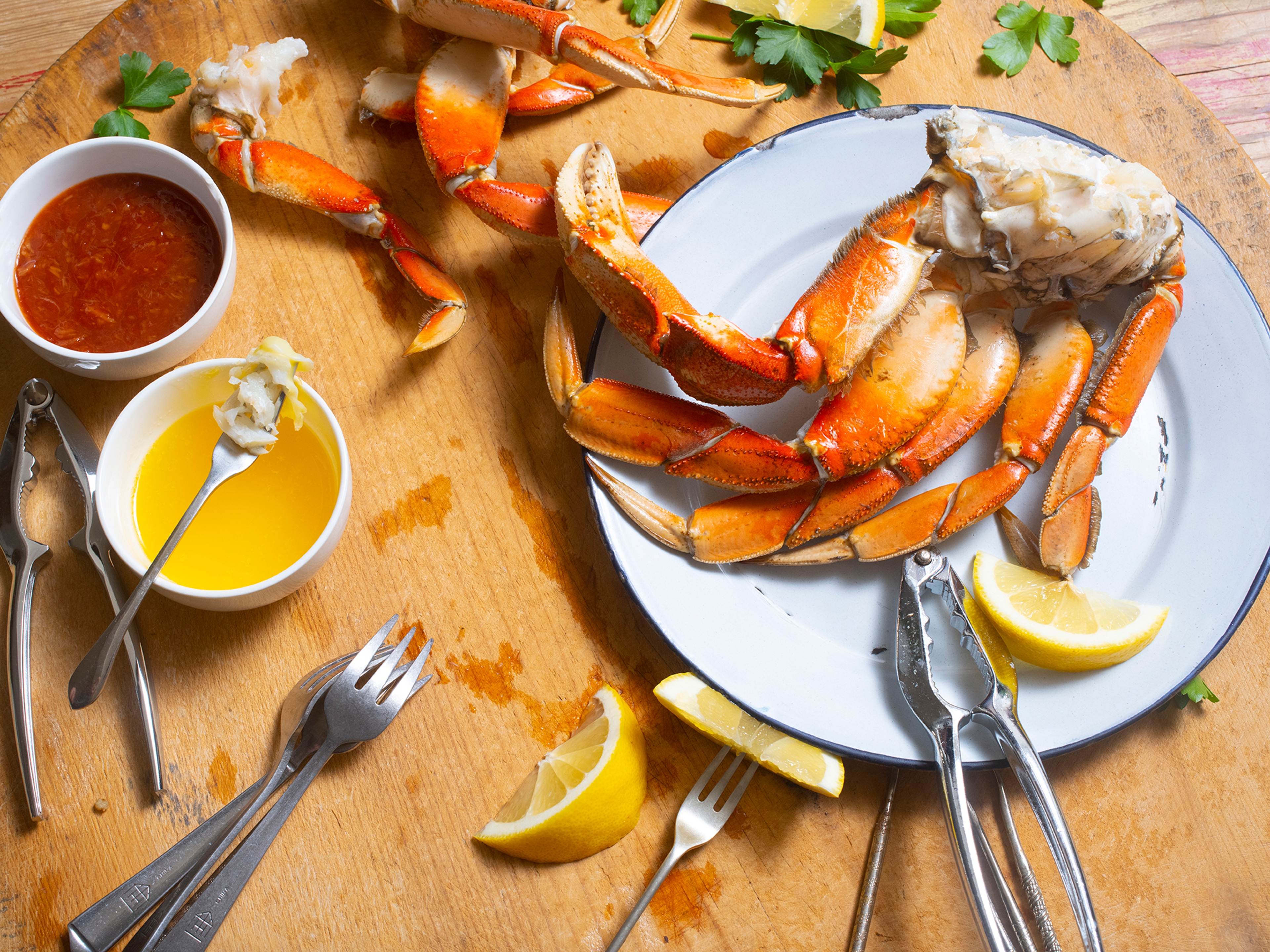Chocolate for the Rich...and Everyone Else
Chocolate's history has mirrored the rise of democracy. Once just for the rich, the magic beans are now for everyone.
May 11, 2022
The fact that chocolate has become part of everyday life for millions worldwide would have amazed our ancestors. Everything about this glorious food has evolved rapidly and dramatically, from its preparation to its flavor profile to its egalitarian distribution.
Learning a bit about it can help us understand, enjoy, and appreciate the food made from seeds of the cacao plant.
An Ancient Stimulant

The original unsweetened chocolate beverage emerged in southern Mexico, where archeologists have found Olmec pots dating to around 1500 B.C. that contained traces of theobromine, a stimulant found in both chocolate and tea.
The Olmecs, a civilization that mysteriously vanished about 300 B.C., may have grown cacao beans as a domestic crop. They probably passed on the trick of grinding the bean and adding water to make a drink.
The Mayans are most famous for the city of Teotihuacan, which became the center of Mesoamerica for centuries. They established cocoa plantations in the Yucatan and drank a beverage of ground-up cacao and water mixed with vanilla, chili peppers or honey.
The traditional drink survived among some peoples in the region, notably the Kunu, who live on islands in the Caribbean near Panama. On any one day, they used to drink more than five cups of water boiled with either home-grown or Colombian cocoa powder.
The Drink of the Gods
The Aztecs ground beans from the cacao pod with stones, then made a drink from the resulting paste reputed to enhance health and longevity. The Aztecs, who came to power in the 1400s, traded cacao beans as a currency. They regarded “chocalatl" (shuck-O-lahtl), which meant “warm or bitter liquid" as a gift from a snake-god, Quetzalcoatl (Qetz-O-wahtl). It was a frothy drink of high status, available to ordinary folk only at special ceremonies such as weddings.
Montezuma II (1466-1520) the ninth Aztec emperor of the region now known as Mexico, considered it an aphrodisiac that would also enhance fertility and longevity. Historians believe he may have drunk gallons a day.
The Drink of Kings

We don't know exactly how cacao beans came to Spain. Christopher Columbus may have brought them home, or the conquistador Hernan Cortes may have encountered the drink at Montezuma's court and brought the beans back to Europe.
The drink, now sweetened with cane sugar and flavored with cinnamon and other spices, became an indulgence in the Spanish court. It may have traveled to Paris with a 14-year-old princess named Anne who was married off to King Louis XIII in 1615.
In 1657, chocolate went retail, but only on the high end. A Frenchman opened a shop in London that served a luxurious cacao beverage. The new “chocolate houses" began serving chocolate rolls and cakes as well.
How Chocolate Was Industrialized
England first industrialized chocolate production. Joseph Fry of Bristol began grinding the beans using a steam engine in 1795. In 1819, the first Swiss chocolate factory opened, but it wasn't until 1828 that a Dutch chemist figured out how to make a powder that became “Dutch cocoa" by adding alkalinizing agents such as potassium sodium to make it less acidic.
Dutch processing was inexpensive and efficient, and allowed cocoa to become available to many. “Dutching," alas, destroys many of the antioxidant polyphenols that research suggests are associated with health benefits. In 1830, the British company J.S. Fry and Son created a form of solid chocolate bar. Then, 17 years later, the firm began to mix cocoa butter back into "Dutched" chocolate and added sugar. The resulting paste was molded into a solid bar shape, similar to the modern chocolate bar. By 1849, Joseph Fry & Son and Cadbury Brothers displayed chocolates at an exhibition in Birmingham, England.
Two years later, Prince Albert's Exposition in London displayed bonbons and chocolate creams. It was another decade before Richard Cadbury created a heart-shaped candy box for Valentine's Day!
How Chocolate Became Milky and Creamy
The early chocolate bars were hard, even crunchy, like modern, bittersweet chocolate. A Swiss chemist named Daniel Peter experimented for years, looking for the best ways to add milk powder for a softer texture and smoother taste. He later joined Henri Nestle to create the Nestle Company. By the 1890s in France, as well as much of Western Europe, chocolate had become available to, and was loved by, virtually everyone.
In 1879, another Swiss, Rudolf Lindt, invented a device, the conch machine, which made finally succeeded in making bar chocolate smooth rather than crunchy.
A Return to Deep Chocolate Flavor
Today, you can opt for products made by artisanal producers that offer deep, dark, rich, not-so-sweet chocolate flavor prized by many chocolate lovers. Or you can opt for chocolate confections that include nuts or pretzels, or even sugar-free chocolate. Choices are endless! However, you choose to enjoy, take a moment to thank the tireless explorers, traders, chemists, farmers, and artisans who made it possible.
And don't forget that first, brave Olmec who ground up, steeped and quaffed bitter wild beans to make the rest possible.







